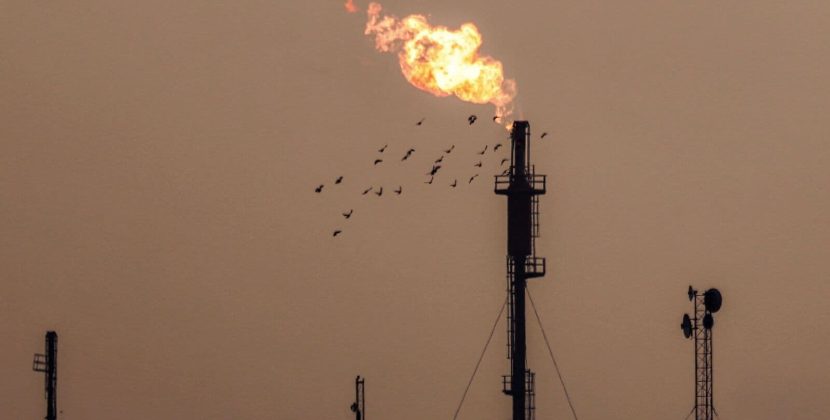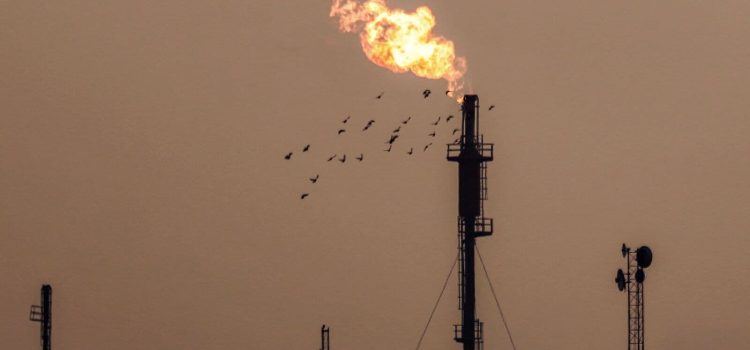
In a major setback for India, US President Donald Trump announced Thursday a 25% tariff on the import of Indian goods and an additional “penalty” for buying the “vast majority of their military equipment from Russia.”
Trump said India is Russia’s “largest buyer of ENERGY, along with China, at a time when everyone wants Russia to STOP THE KILLING IN UKRAINE — ALL THINGS NOT GOOD!”.
He also cited “massive trade deficit with India” as the reason behind the high tariff rate of 25%. He added that US has “done very little business with India, their Tariffs are too high, among the highest in the World.”
But a day later, the US President informed that tariff talks with India are still on, raising hope of a respite. “I understand that India is no longer going to be buying oil from Russia. That’s what I have heard. I don’t know if that’s right or not. That is a good step. We will see what happens…,” he said on Thursday.
But will India stop buying oil from Russia?
There has been no official indication yet if India will stop buying oil from Russia. However, Indian government sources told Reuters on Saturday that India will keep purchasing oil from Russia, and there would be no immediate changes.
Not giving in to Trump’s pressure, these sources cited the following reasons for buying oil from Russia:
1. “These are long-term oil contracts,” one of the sources said. “It is not so simple to just stop buying overnight,” they added.
2. Justifying India’s oil purchases from Russia, a second source said India’s imports of Russian grades had helped avoid a global surge in oil prices, which have remained subdued despite Western curbs on the Russian oil sector.
3. “Unlike Iranian and Venezuelan oil, Russian crude is not subject to direct sanctions, and India is buying it below the current price cap fixed by the European Union,” the source said.
4. Meanwhile, sources told news agency ANI that India’s energy decisions have been guided by national interest but have also contributed positively to global energy stability.
“India’s purchases have remained fully legitimate and within the framework of international norms,” they added.
5. These sources said, “Had India not absorbed discounted Russian crude combined with OPEC production cuts of 5.86 mb/d, global oil prices could have surged well beyond the March 2022 peak of US$137/bbl, intensifying inflationary pressures worldwide.”
6. Meanwhile, Randhir Jaiswal, the official spokesperson of the Ministry of External Affairs, said on August 1 shed light on India’s energy sourcing requirements.
“You are aware of our broad approach that we look at what is there available in the markets, what is there on offer, and also what is the prevailing global situation or circumstances,” he said.
How much does India buy from Russia?
India is the second-largest importer of Russian oil after China. According to the New York Times, Russia is currently the source of more than one-third of India’s oil imports, up from less than 1 percent before the war.
The NITI Aayog’s April-June (q1 FY2025) report revealed that in Q1 FY25, India recorded significant y-o-y import growth with Russia (19.69%).
India imported about 1.75 million barrels per day of Russian oil from January to June in 2025, up 1 percent from a year ago, according to data provided to Reuters by sources.
Meanwhile, Trading Economics cited the United Nations COMTRADE database on international trade as revealing that India’s imports from Russia of crude oil was US$52.73 billion during 2024.
In 2023, Russia was among the top trading partners of India. According to Trend Economy, Russia contributed 26% (58 billion US$) to India’s imports (of “Mineral fuels, mineral oils and products of their distillation; bituminous substances; mineral waxes).
US among top importers of Indian goods
While India is among the top importers of Russia and China, the country is among the top exporters to the US.
India remains a substantial exporter of refined petroleum products and other mineral fuels. “The primary destinations for these exports include the Netherlands, the United Arab Emirates, and the United States,” Niti Aayog’s report said.
The USA is among the top importers of Indian goods, accounting for almost 33% of the total merchandise exports, according to NITI Aayog’s report.
It showed that the USA is India’s top export destination in these categories: Minerals fuels & products, Natural or Cultured pearls, Electrical machinery & Equipment, Nuclear reactors, Pharmaceuticals products.
This contradicts Trump’s “little business with India” claim.
The report also revealed that “there is significant potential for Indian service exporters to expand their presence in major export markets such as the USA.”
What are tariffs?
Tariffs are taxes imposed by a government (the US government in this case) on goods and services imported from other countries. They are simply an extra cost added to foreign products when they enter the country.
How do tariffs work?
1. What impact do tariffs have on (US) economy imposing them?
Foreign goods get relatively more expensive, possibly driving up demand for domestic products.
“Tariffs give a price advantage to locally produced goods over similar goods that are imported, and they raise revenues for governments,” according to the World Trade Organization (WTO).
However, some domestic industries may rely on imported materials and parts. In this case, the rise in prices of imported materials and parts would lead to face higher costs of production (by domestic producers).
“If the domestic producers pass higher costs of production onto consumers, it will also push up prices of domestically produced goods,” Oxford Economics explains.
2. What impact do tariffs have on economies they are imposed on (India in this case)?
There’s a possibility of lower export demand in the country (India) where the tariffs are imposed, since their goods have become relatively more expensive in the importing country (US).











